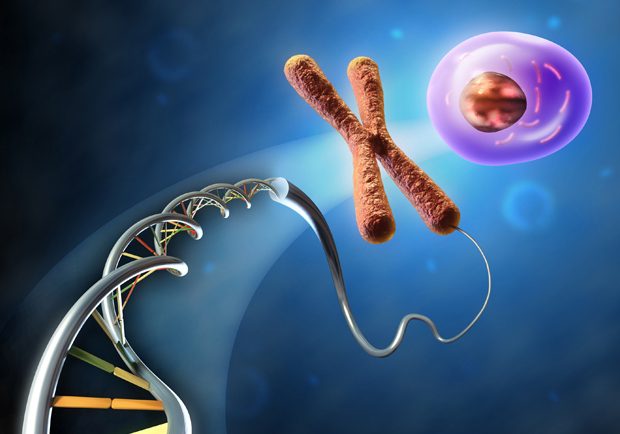
New method for single-cell sequencing analysis combines spatial and gene expression data, allowing scientists to redefine tissue identity
Scientists at the European Bioinformatics Institute (EMBL-EBI) and the Wellcome Sanger Institute have developed a new computational method that improves the interpretation of data from the most recent single-cell technologies. SpatialDE is the first method to analyse gene expression variation while taking into account the cell’s precise location in tissues. Published in Nature Methods, the new approach will help scientists understand where and when genes are active or inactive within the same tissue. Having a clearer view of which genes are expressed most in a tissue has transformative potential for biomedical research.
Cell geography matters
“We used to define cells by looking at them and observing what they do, but we did not know exactly where in a tissue each cell originated from. Now, sequencing and imaging technologies allow us to have a much closer look, and to study the properties of a tissue cell by cell,” explains Oliver Stegle, Research Group Leader at EMBL-EBI.
Existing methods for analysing single-cell data cannot use this information, however, and do not take into account where it is located within a tissue – for example, the right or left side of the heart.
“SpatialDE lets us see which genes turn off and on in different parts of a tissue, by leveraging the location of cells in a tissue,” adds Stegle. “It is a new computational approach that helps us understand how gene expression changes according to where a cell is, and who its neighbours are. This information lets us make sense of what’s going on in different parts of a tissue.”
“Our method is a first step to bring information from time and space to the analysis of gene expression. SpatialDE can be applied to a wide range of single-cell technologies and is also fast, which means that researchers can use it to interpret their data on their laptop,” adds Valentine Svensson, PhD student at Sanger and EMBL-EBI who lead the work. “Using SpatialDE, researchers can start to investigate how genes are used to define the components of tissues.”
What this means for biomedical research
SpatialDE can address fundamental questions such as:
- Which genes define a certain tissue?
- Are certain genes expressed in a specific part of a tissue and which genes change together?
- Which cells are normally close to each other and which are not?
Methods like SpatialDE could help scientists such as those working on the Human Cell Atlas to map the body cell by cell, according to gene expression in human tissues.
This post was originally published on EMBL-EBI News.
